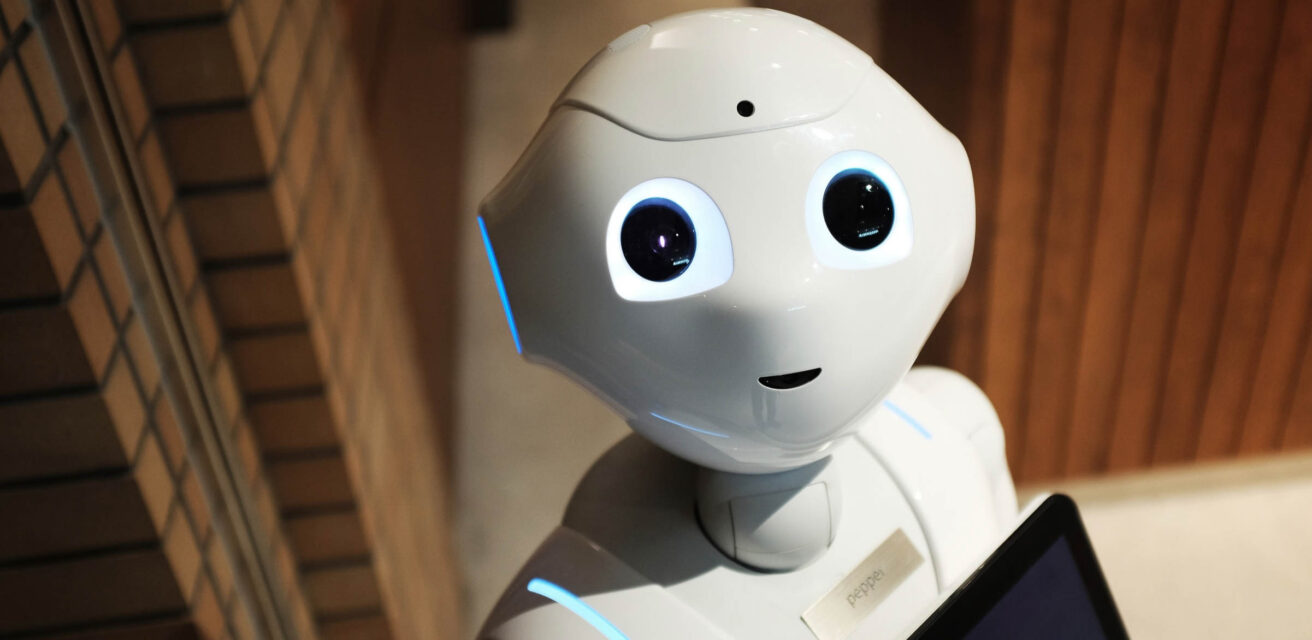
Is AI a Threat to Proofreading Jobs?
Is AI a threat to proofreading jobs? It is true that proofreading software is getting more sophisticated, now offering stylistic tips as well as flagging typos. But there are some things a human proofreader can do that a machine will always struggle with, including:
- Gauging whether the style and tone of a document are appropriate.
- Working with non-standard spelling, grammar, and punctuation.
- Improving or offering advice on the structure and flow of a document.
- Highlighting potential ethical issues, such as libel or plagiarism.
- Working directly with the author to answer questions and offer support.
Read on to find out more about why human proofreaders are hard to beat!
1. Context, Style and Tone
Proofreading software is no longer limited to identifying typos. It can also recognize stylistic problems, such as overuse of the passive voice, or even give a readability score.
This is certainly useful, especially for inexperienced writers! But gauging whether the style and tone of a document is suitable is more complex, as it depends on various contextual factors.
For example, a playful, jokey tone may be perfect for a popular non-fiction history book aimed at a wide audience. But the same style wouldn’t be appropriate for a PhD dissertation, even if the content otherwise – all the substantive facts and figures – was the same.
And unlike a computer, a human proofreader can draw on their experience of different writing types in making such judgements, adapting their approach to suit each document.
2. Non-Standard English
As the old saying goes, rules are made to be broken. We see this in all kinds of creative writing, where non-standard spellings, grammar, punctuation, and vocabulary are common. And without non-standard English giving authors interesting ways to reflect different voices or create specific literary effects in their work, creative writing would be much less creative!
Proofreading software doesn’t have any truck with this kind of deviation, though. For the most part, it will treat non-standard English as simply wrong, flagging it wherever it occurs.
And while you can work around this – e.g., by adding slang or dialect terms to a spellchecker – a human proofreader will be able to tell the difference between non-standard English that is appropriate in context and errors that need correcting as a matter of course.
3. Structure and Flow
Judging the overall structure of a document requires understanding what the author is trying to do (e.g., put forward an argument or tell a story). Once you know this, you will be able to see whether the document flows well and suggest solutions to any problems you spot.
Software, on the other hand, doesn’t comprehend what an author is trying to say. It just scans a piece of writing for the things it was told to look for, paragraph by paragraph, with no sense of how each one relates to the overall document. As such, a human editor will always be able to offer more help with the organization of a document than a computer.
4. Libel and Other Legal or Ethical Issues
While not a core part of proofreading, most editors will highlight potential legal or ethical issues they spot while checking a document (e.g., libelous statements or plagiarism). This gives the client a chance to revise the content, thereby avoiding further problems.
Generally, these are not things you can rely on proofreading software to catch.
5. Communication and the Human Touch
Finally, some clients just want to work with a human. This might be because they (correctly) trust a human to do a better proofreading job than a computer. But they might also value being able to communicate with the person editing their work, as this means they can:
- Discuss the services they require before having a document edited.
- Ensure that any stylistic or consistency issues are resolved to their satisfaction.
- Request feedback on particular issues or changes made during editing.
And if you can establish a good rapport with a client, you’ll find they’re more likely to offer repeat work. Every writer appreciates an editor who understands their needs!
Of course, we can’t rule out the possibility of the spellchecker in Microsoft Word eventually becoming sentient and developing its own relationships with writers, like a literary version of the Spike Jonze film Her. But we don’t think this will happen any time soon.
Is AI a Threat to Proofreading Jobs?
Software is limited by its programming. You could develop a tool that checks documents for a predetermined style. But as soon as you need insight on something more subjective – such as the flow or tone of writing – a human will always have the advantage.
So, while concerns about computers replacing humans in workplaces are legitimate, and some people may be happy to rely on a spellchecker instead of hiring a proofreader, AI is unlikely to replace skilled editing and proofreading any time in the near future.
Becoming A Proofreader
Our courses cover spelling, grammar, and other technical aspects of proofreading. But we also look at different writing styles, how to preserve the author’s voice when editing a document, the ethics of proofreading, and much more. To find out more about working as a freelance proofreader, why not sign up for a free trial of our Becoming A Proofreader course today?



Leave a Comment
Your email address will not be published.